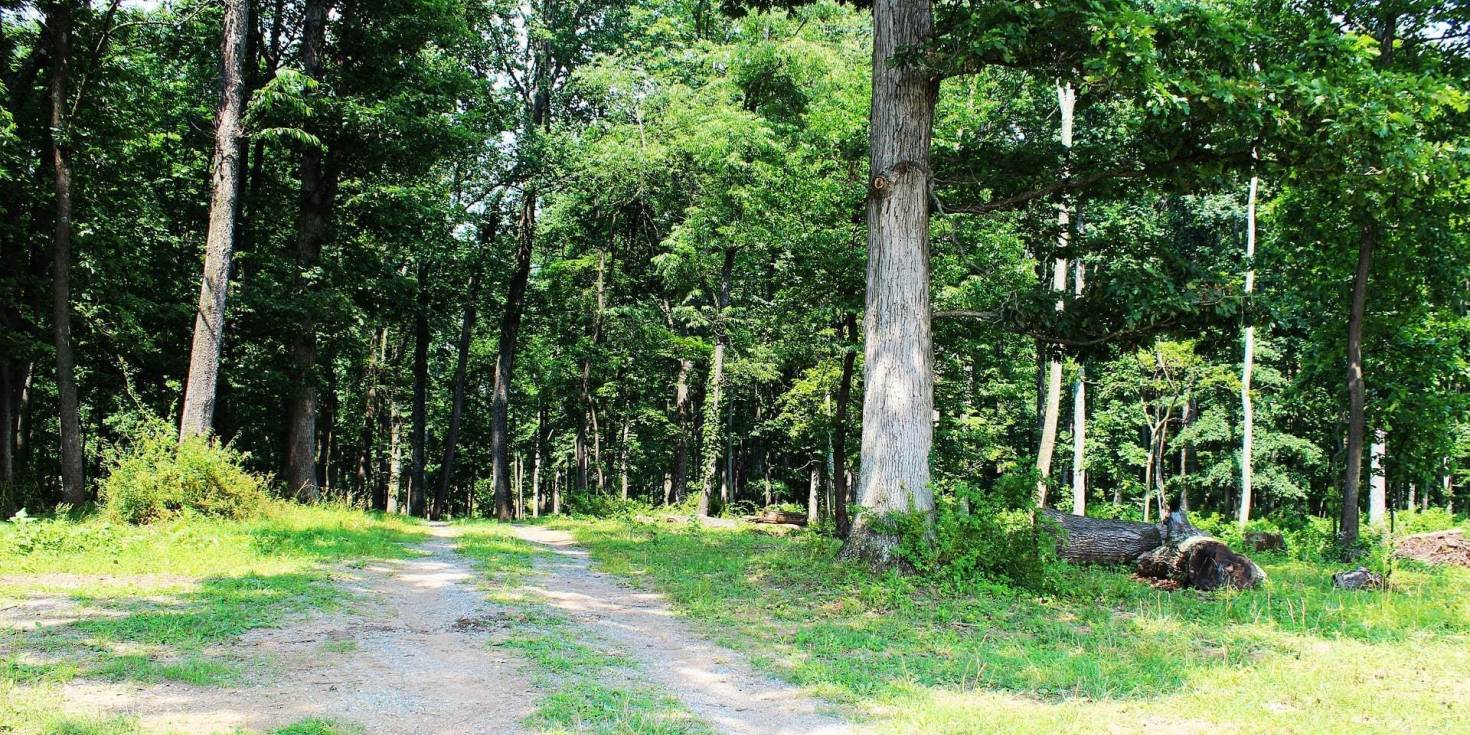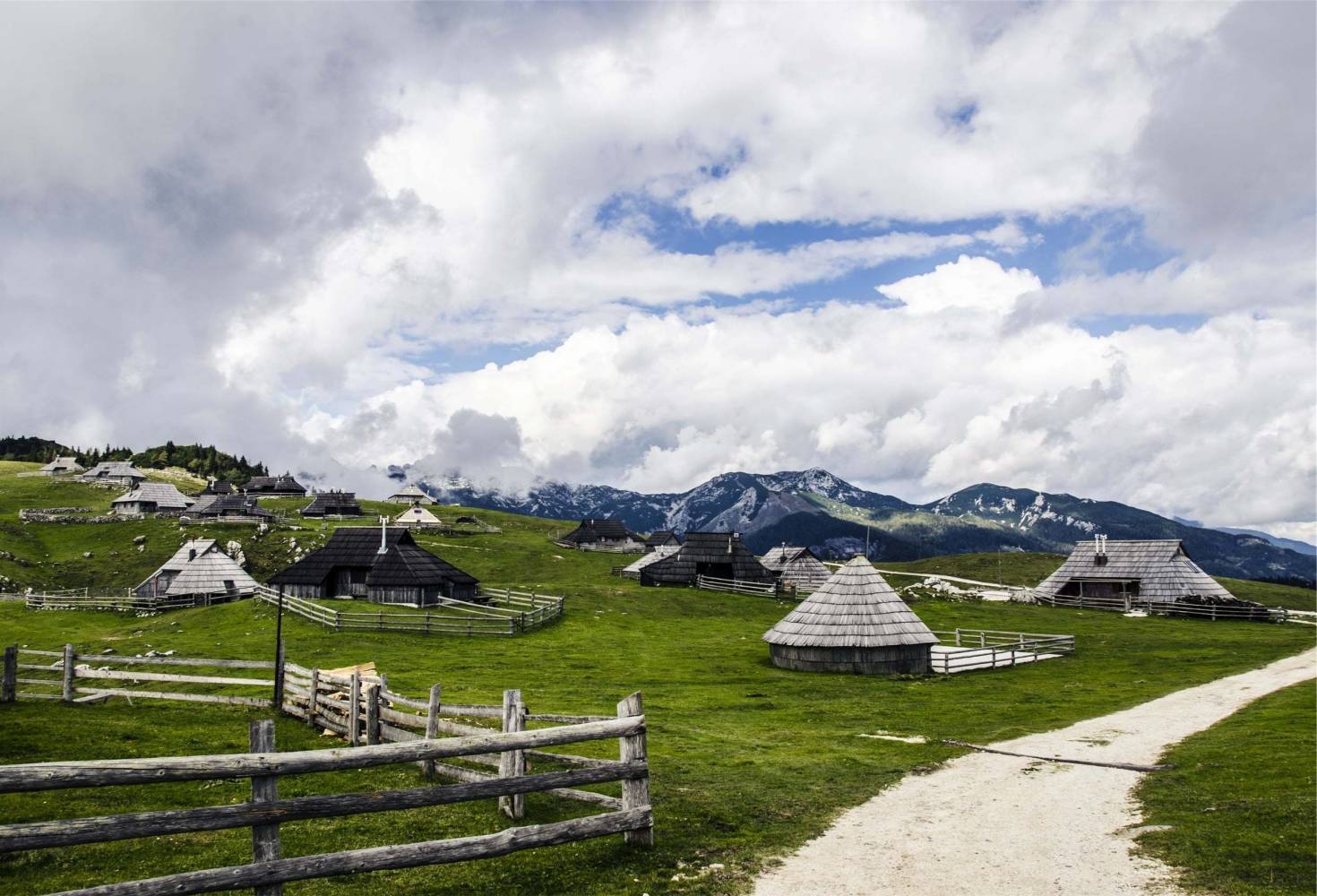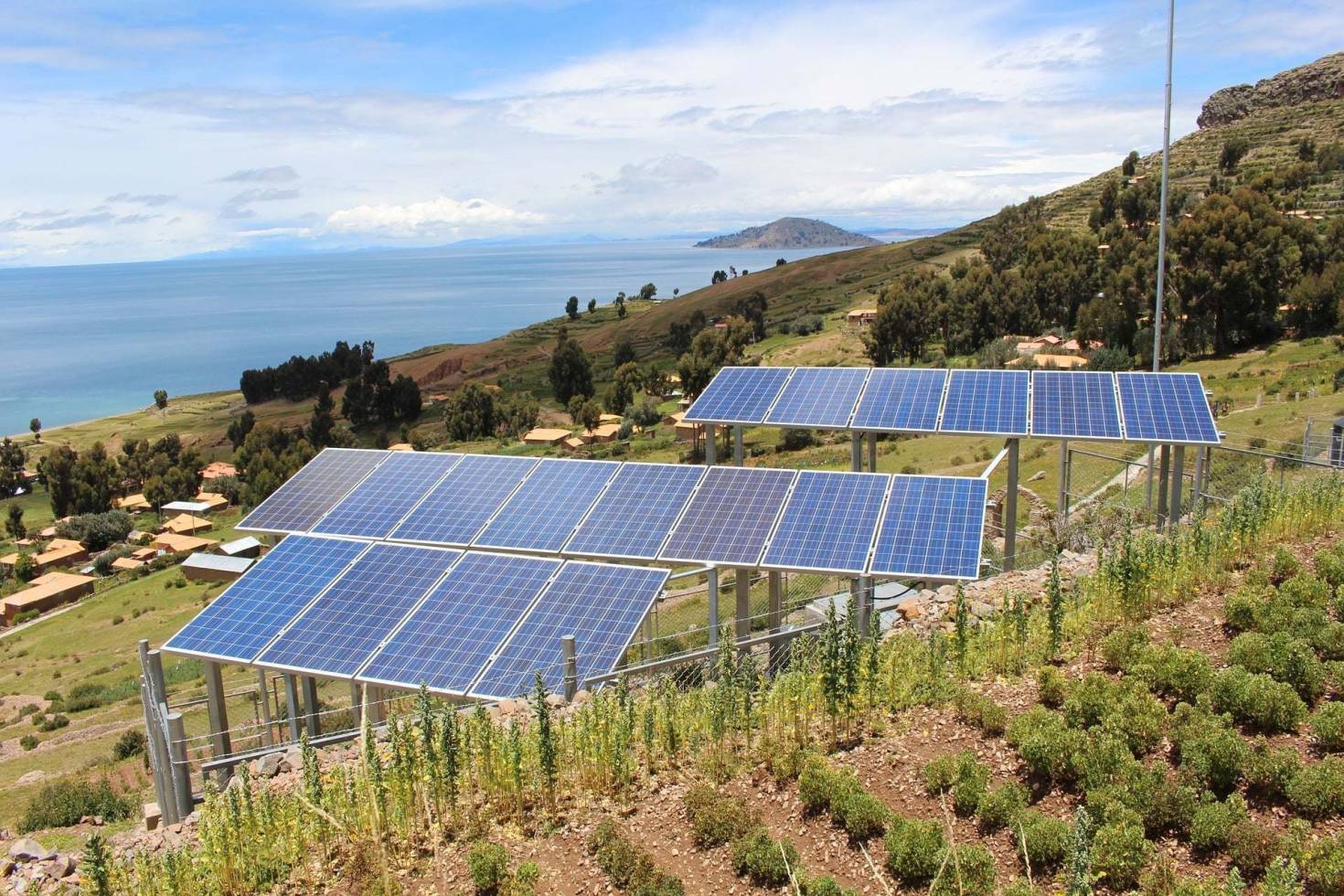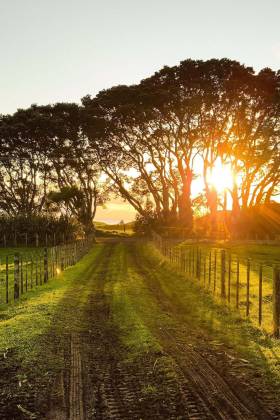
It’s crucial to have a clear understanding of whether or not there are easements on the land you're about to buy, as well as to find out what kind they are and where they're located.
Jay Mark Hendrix Updated October 13, 2022
Did you know that just because you’re the sole owner of your land, you may not be the only one that has legal access to it? Many people are forced to learn about easements when it could be too late. after they’ve already purchased land for sale. Would you still buy the land you're looking at if your neighbor has to drive through your property to get to work every morning and has the right to do so? If the cable company needs to install cable lines can it do so without your permission? What if the city is installing water pipes and they need to run them directly under your property? Certain people are not too keen on sharing their land. It’s crucial to have a clear understanding of whether there are any easements on the parcel of land you're interested in purchasing, and to know where they are and what kind they are.
An easement is a legal right to use another person’s property for a designated purpose without actually possessing it. This isn't a right for them to do whatever they want on your land. They can’t just plant a garden or build a storage building. They aren't allowed to occupy the land, only to access it for a specific purpose. When someone is granted an easement, they are granted a legal right to use the property while the title stays in the hands of the owner.
Usually the easement creation process starts when a property owner is approached for permission to use his land for a stated purpose. If an agreement is reached, it will need to be put in writing, signed, and delivered to both parties involved. These documents should be as specific as possible and address characteristics such as property location, dimensions, and scope of the interest to avoid confusion and disputes in the future. Often these records are vague and imprecise causing the currents parties involved to be unclear on the intent of the easement. There are 2 main easement categories. An easement appurtenant runs with the land. Appurtenant means belonging. This easement is attached to the land, and when the property is sold and transferred, the easement is transferred with it to the new owner. If a current landowner grants his neighbor an easement appurtenant to use his driveway to get to and from his own property, when the landowner sells his land, the new owner must automatically grant the neighbor access to use his driveway for the same specific purpose. An easement in gross is a personal easement and applies only to the person you're dealing with at the time. It doesn't transfer with the property. Using the same example, if the current landowner grants his neighbor an easement in gross, when the landowner sells his land, the new owner will not be legally required to allow the neighbor to access his driveway to get to and from his own property.

Perhaps the most common easement type is one that has been granted to a local municipality (like the city) or to a utility company. These easements are normally found on the property deeds and should be well defined on the area a utility company, for instance, is entitled to access. Power lines and cable lines may need to be installed or tied onto above your land, while electric, water, sewer, or fiber optic cable lines may need to be placed underground. You can use the land however you’d like as long as it doesn't interfere with the utility company's operations.

In order to protect a property’s associated resources, a conservation easement can be sold or donated by the landowner. The result is a legally binding agreement that prevents or limits certain uses or development on the land while the owner still retains property rights. The idea is to preserve the land for future generations and might include protecting conservation values such as migration routes, water quality, or plants and animals on the endangered species list. Preservation easements are similar in nature to conservation easements. Often referred to as historic preservation easements, they are designed to protect a significant, privately-owned historical property and often dictate how the property can and can’t be used. It’s possible implementing these easements could lower the land value since it restricts what can be done with the land. They are legally binding and are passed on with the property even if it’s sold. If you're interested in learning more about conservation easements, the National Conservation Easement Database is the first nationwide database and website for sharing and managing information about conservation easements. According to the Land Trust Alliance, at the end of 2020, there were over 20 million acres of U.S. land protected under easements.

The bottom line not just concerning easements but with buying property in general is to do the appropriate research on the property you’re interested in buying. To learn more about preparation for buying land, look at our blog post addressing 20 land buyer questions to answer that can help you determine whether or not you should make an offer on a property. For more information on buying land in general, check out our guide on how to purchase land. Going to a little extra trouble can save you from larger headaches in the future. And when you get ready to pull the trigger, take a look at our nationwide inventory of land for sale.

A common mistake land buyers make is being unprepared. Knowledge is power. Researching a property by answering these questions can help ensure you make a good investment.

A land survey provides valuable insight about a property to help you avoid future headaches and save money in the long run. Find out if the cost is worth the information it provides.